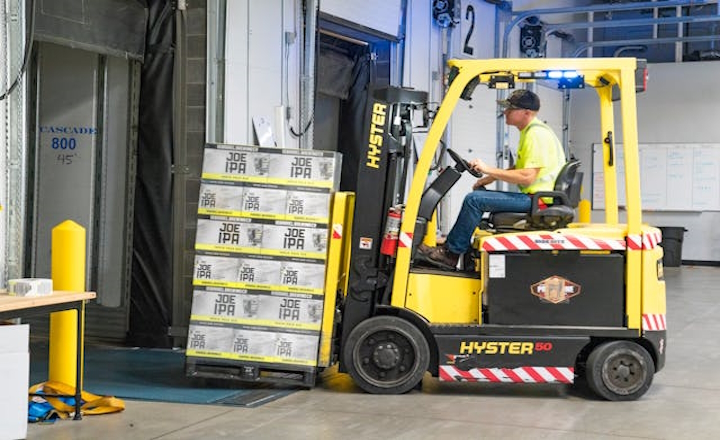
There's no denying that machines are becoming smarter than ever. There is a shift from self-driving trucks to AI-assisted cranes, as heavy equipment is no longer just about brute force. On the contrary, it’s about precision, safety, and efficiency powered by automation. Technology is stepping in not to replace people, but to transform how we use heavy machinery. And here is how everything is transformed.
From manual to automated
In the past, heavy equipment operations were built around raw manpower. All skilled operators had to rely on their instincts and experience, often in tough environments. If a bulldozer needed to shift earth, it was the operator’s judgment that made it happen. Now, instead of controlling every motion manually, operators can set parameters, monitor data, and allow the equipment’s automated systems to handle repetitive or precision tasks. Now, when buying a professional conveyor bell that regulates flow along a conveyor system, which is now tied to sensors that adjust automatically to keep work moving without interruption, the result is less human fatigue, fewer errors, and a higher degree of consistency across projects.
Safety as the biggest win
Heavy equipment work has always come with risks; for instance, various collisions and mechanical failures can turn a normal day into a dangerous one. This is where automation steps in as a shield. For example, smart sensors now scan for obstacles and automatically halt machines before a collision occurs. GPS-guided systems can ensure a dump truck never veers off its route, even in low visibility. And cranes with automated load-balancing systems drastically reduce the chance of tipping accidents. By taking over the most dangerous aspects of operation, automation allows workers to focus on oversight, planning, and problem-solving rather than constant risk management.
Top-notch precision
One of the most exciting impacts of automation in heavy equipment is accuracy. Think about grading land for a new road. A bulldozer operator might get the slope close to perfect, but automated grade-control systems, tied to digital blueprints, can adjust the blade in real time with millimeter precision. Automated drills can bore with exact depth and alignment, cutting down wasted time and maximizing productivity. This level of precision was once unimaginable without constant human oversight.
Advanced data automation
Automation isn’t just about machines moving on their own. It’s about machines talking to each other. Every automated loader, excavator, or haulier is also a data generator. Sensors track fuel usage, wear and tear, cycle times, and load weights. This data then feeds into predictive maintenance systems that can alert teams before a breakdown occurs. For managers, this means they can move from reactive decision-making to proactive planning. Instead of waiting for a critical failure to shut down operations, they can schedule maintenance during natural downtimes.
Human operators are still in play
A common fear when people hear “automation” is that machines will replace jobs. But in heavy equipment, the reality is more about evolution than elimination. Operators are still essential, but their role is shifting from hands-on control to oversight and management. For instance, instead of spending ten hours moving levers and pedals, an operator might now supervise multiple machines, fine-tuning their performance from a control centre. This opens new opportunities for training and upskilling, giving workers a career path that blends technical know-how with digital tools. It also reduces the physical toll of the job, which is welcome news in an industry known for its demanding conditions.
Environmental impact and sustainability
Automation is also reshaping how heavy equipment interacts with the environment. Fuel efficiency improves when machines optimize their own routes and operations. Electric and hybrid heavy equipment, guided by automated systems, further cut down emissions. Precise material handling means less waste, fewer trips, and smarter use of resources. For industries under increasing pressure to demonstrate environmental responsibility, automation provides tangible results. Companies can point to reduced emissions data, lower fuel consumption, and minimized land disruption as proof that technology is helping them meet sustainability goals.
What future holds
The integration of artificial intelligence and robotics promises a vast amount of change. Imagine autonomous fleets of dump trucks that coordinate with each other without human input, drones that survey construction sites in real time to update machine instructions, or digital twins of entire projects where every automated motion is simulated before it’s executed on the ground. The combination of AI, robotics, and real-time data analytics will keep pushing automation forward, making heavy equipment operations smarter, faster, and safer than ever before.
Automation makes heavy equipment operations safer, more efficient, and more sustainable, while also opening up new roles for workers. In the end, it's about humans and machines working together in a way that makes the toughest jobs a little smarter, a little safer, and a lot more effective.
| < Prev | Next > |
|---|







